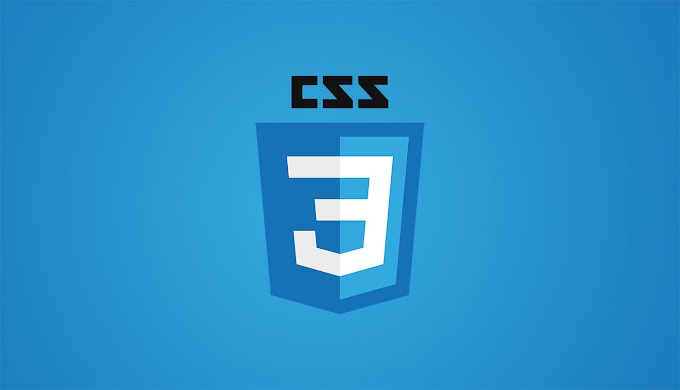Differences Between Traditional Commerce and e-Commerce
The following points are noteworthy so far as the difference between traditional commerce and e-commerce is concerned:
- A part of business, that focuses on the exchange of products and services, and includes all those activities which encourage exchange, in some way or the other, is called traditional commerce. e-Commerce means carrying out commercial transactions or exchange of information, electronically on the internet.
- In traditional commerce, the transactions are processed manually whereas, in the case of e-commerce, there is automatic processing of transactions.
- In traditional commerce, the exchange of goods and services, for money can take place, only during working hours. On the other hand, in e-commerce, the buying and selling of goods can occur anytime.
- One of the major drawbacks of e-commerce is that the customers cannot physically inspect the goods before purchase, however, if customers do not like the goods after delivery they can return it within the stipulated time. Conversely, in traditional commerce physical inspection of goods is possible.
- In traditional commerce, the interaction between buyers and sellers is direct, i.e. face to face. As against this, there is indirect customer interaction, in the case of e-commerce, because it may be possible that the customer is miles away from where they place an order for the purchase of goods.
- The scope of business in traditional commerce is limited to a particular area, i.e. the reach of business is limited to the nearby places where it operates. On the contrary, the business has worldwide reach in case of e-commerce, due to its ease of access.
- As there is no fixed platform for information exchange in traditional commerce, the business has to rely on the intermediaries for information fully. Unlike e-Commerce, wherein there is a universal platform for information exchange, i.e. electronic communication channel, which lessen the dependency on persons for information.
- Traditional commerce is concerned with the supply side. In contrast, the resource focus of e-commerce is the demand side.
- In traditional commerce, the business relationship is vertical or linear, while in the case of e-commerce there is directness in command leading to a horizontal business relationship.
- In traditional commerce, due to standardization, there is mass/one way marketing. However, customization exists in e-commerce leading to one to one marketing.
- Payment for transactions can be done by paying cash, cheque or via credit card. On the other hand, payment in e-commerce transactions can be done through online payment modes like credit card, fund transfer, etc.
- The delivery of goods is immediate in traditional commerce but in the case of e-commerce, the goods are delivered at the customer’s place, after some time, usually within a week.
- Chart
| BASIS FOR COMPARISON | TRADITIONAL COMMERCE | E-COMMERCE |
|---|---|---|
| Meaning | Traditional commerce is a branch of business which focuses on the exchange of products and services, and includes all those activities which encourages exchange, in some way or the other. | e-Commerce means carrying out commercial transactions or exchange of information, electronically on the internet. |
| Processing of Transactions | Manual | Automatic |
| Accessibility | Limited Time | 24×7×365 |
| Physical inspection | Goods can be inspected physically before purchase. | Goods cannot be inspected physically before purchase. |
| Customer interaction | Face-to-face | Screen-to-face |
| Scope of business | Limited to particular area. | Worldwide reach |
| Information exchange | No uniform platform for exchange of information. | Provides a uniform platform for information exchange. |
| Resource focus | Supply side | Demand side |
| Business Relationship | Linear | End-to-end |
| Marketing | One way marketing | One-to-one marketing |
| Payment | Cash, cheque, credit card, etc. | Credit card, fund transfer etc. |
| Delivery of goods | Instantly | Takes time |














